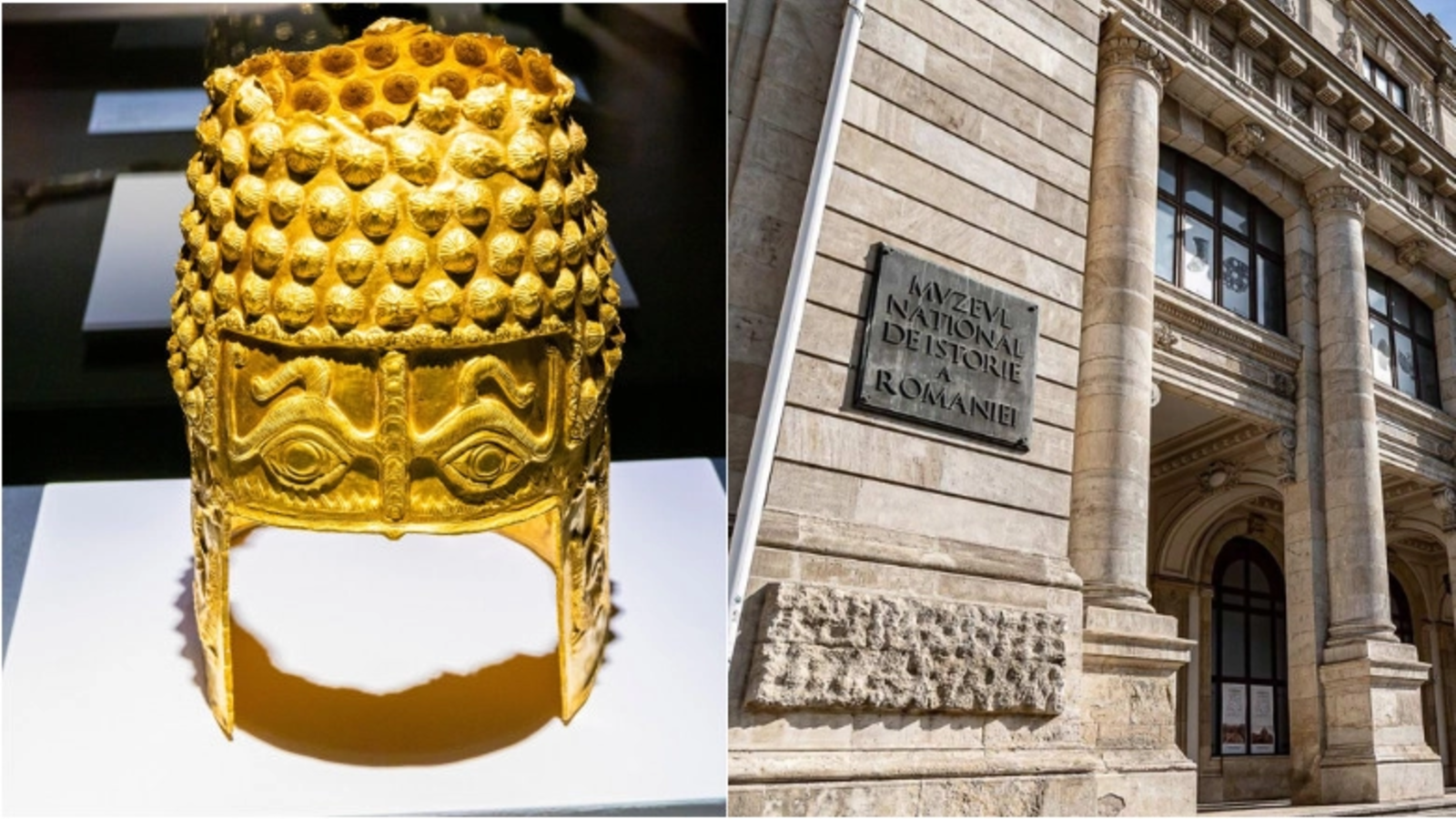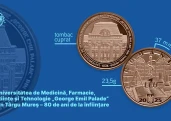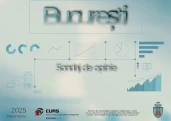Speaking in the wake of the Drents Museum robbery of several ancient Dacian artifacts, the director of the National Museum of Romanian History (MNIR), Ernest Oberlander-Tarnoveanu, declared that the security measures implemented by the Dutch side had been designed to meet all foreseeable situations. He also said that he would resign at the appropriate time.
Tarnoveanu specified that no government decision was issued for the organization of the exhibition at the Drents Museum in Assen - The Netherlands, because it did not involve the cooperation of several institutions and "at that time the Romanian government did not want to attach special importance to this exhibition." The legal basis for organizing the event was the Heritage Law, the law on the temporary export of heritage, Tarnoveanu said on Monday after hearings before the Chamber of Deputies' Culture Committee.
Asked if he intends to resign, the MNIR director said that he will step down "at the appropriate time" and complained of being "a scapegoat".
"Obviously, I am a scapegoat, given that I am accused in a case that involved an explosion and a reinforced concrete building with all the necessary security elements being broken into. (...) I am talking about what had to be observed by contract, about the contract terms: 24/7 surveillance via control room. Also, we asked for the permanent presence of a person in the control room, which is where all the information and all the images collected from the institution and its surroundings are centralized. Another request - which was also fulfilled - was a permanent connection to the police precincts, and that they install special secured display cases. This is one aspect I do not understand, what happened to those display cases that were virtually unbreakable," the museum director explained.
He said that the payment of compensation depends on compliance with this set of measures. "It looks like the scenario of a theft on order," Oberlander-Tarnoveanu opined.
The iconic golden helmet of Cotofenesti, dated to the 5th-4th centuries BC, as well as three Dacian gold bracelets from Sarmizegetusa Regia, dating from the second half of the 1st century BC, were stolen early Saturday morning from the Drents Museum in Assen in a heist in which the robbers used an explosive device to break open the only exterior wall of the building, the Culture Ministry announced. AGERPRES

































Comentează